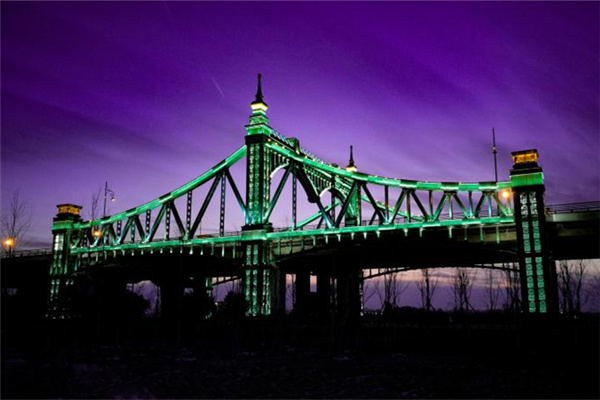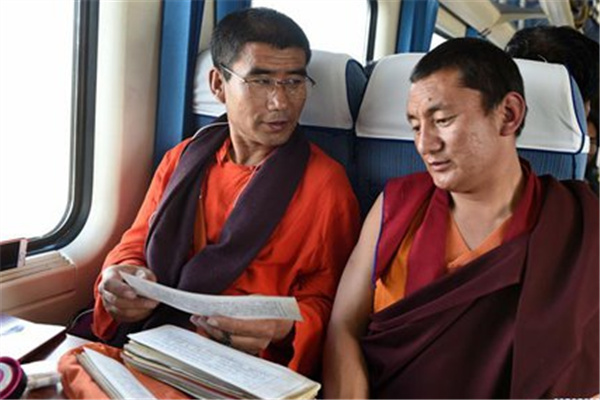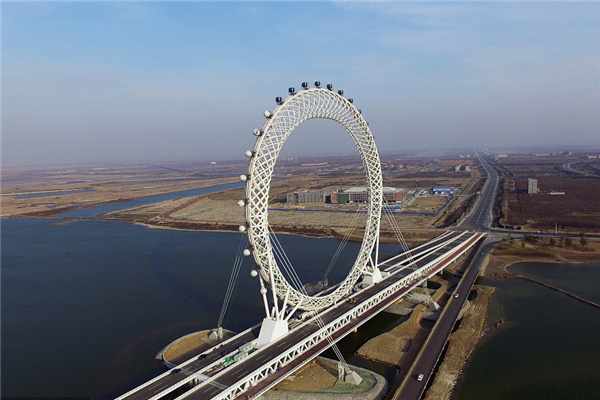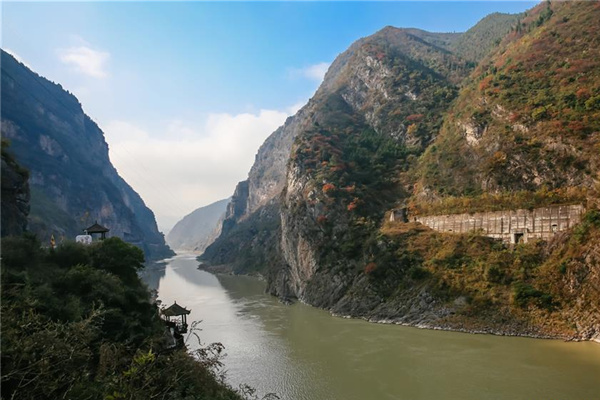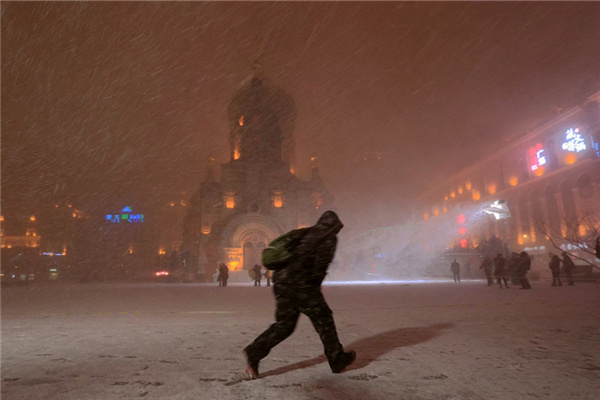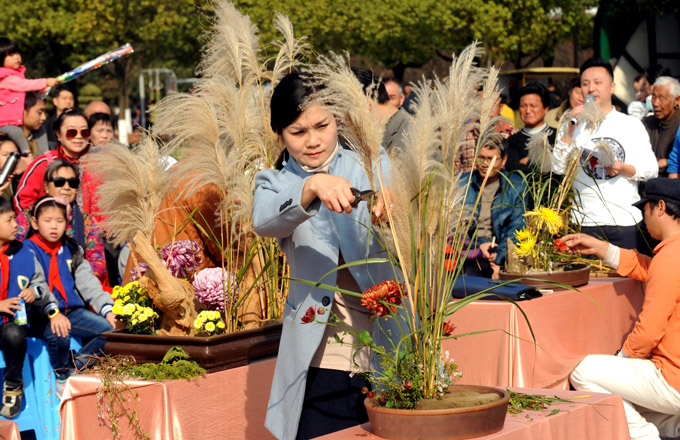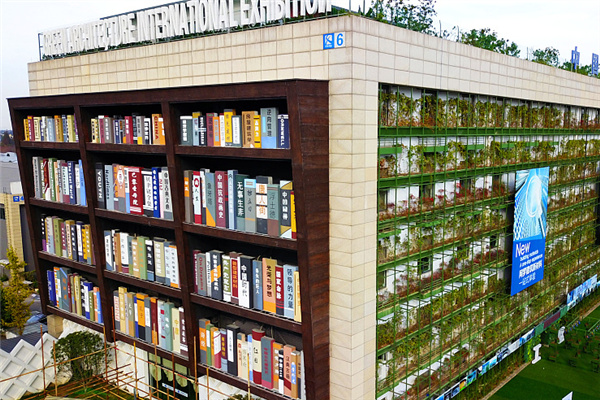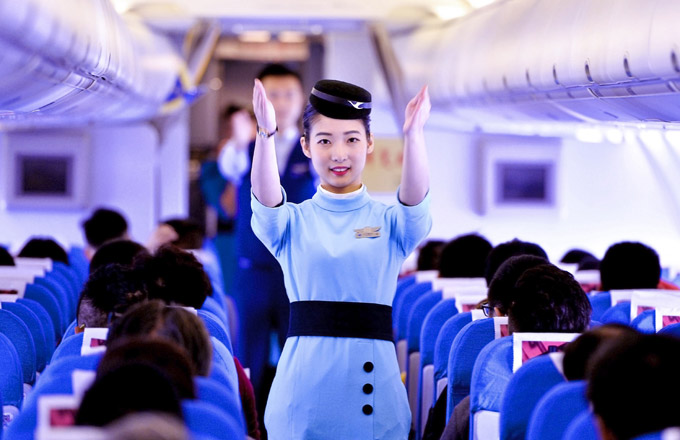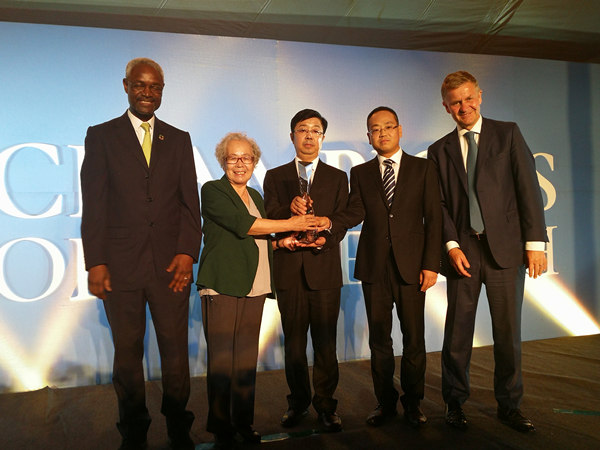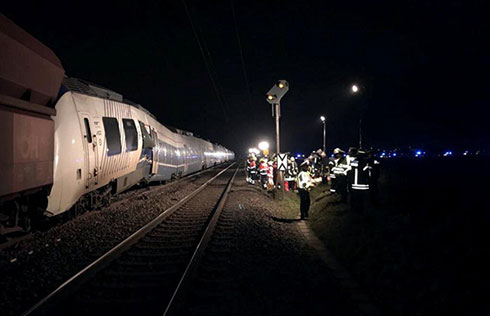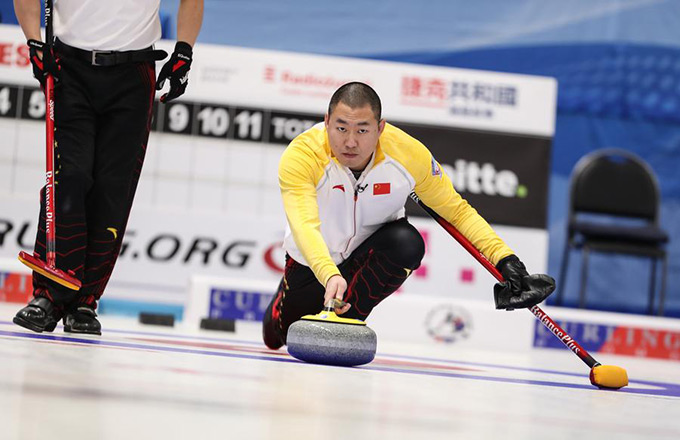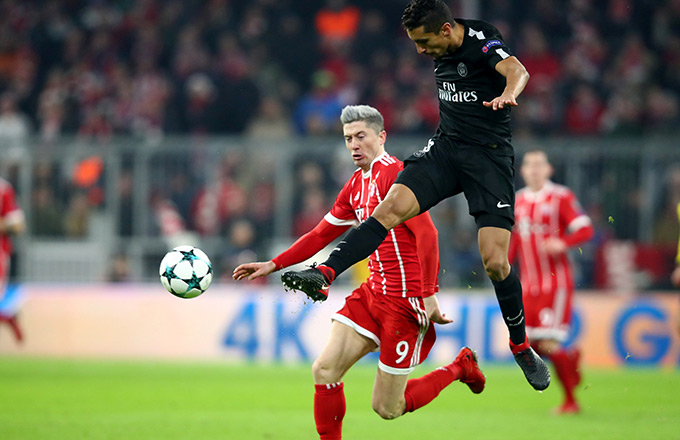

|
Several workers fix a huge bronze featuring horse-riding Genghis Khan in Quyang, in North China's Hebei province. Quyang, center of China's once-booming sculpture export industry, has suffered since the global economic downturn dropped demand for European-style statues, busts and carvings. Asianewsphoto |
QUYANG: Greek and Roman gods languish in crates, Caesars and saints line quiet in showrooms and angels watch over an idle street, waiting for the buyers who stopped coming to this dusty Chinese county.
Quyang, capital of China's once-thriving sculpture export industry, has fallen on hard times since the global economic slump snuffed out orders for the European-style statues, busts and carvings that this barren corner of Hebei province has made its specialty.
Ornate statues of Jesus and Mary, ancient deities and Roman Caesars and generals now far outnumber the workers who chisel and grind away without masks despite the thick dust.
This county 240 kilometers (150 miles) southwest of Beijing flourished by cheaply remaking antiquity but now faces a long sales drought.
"We're just trying to survive until the crisis passes," said Cao Jinming, watching as masons in his workshop finished two reliefs of Christ's Last Supper destined for Europe.
Cao and many residents of Dangcheng Township, the centre of Quyang's sculpture exports, have scarred hands and prematurely wrinkled faces, coated with talcum-like dust, the price of a life spent handling stone.
"We've cut workers, we've cut prices and we're making pieces that are simpler. But it's still difficult," Cao said, picking around saints, bishops and busts of the late Pope John Paul II on his floor. "The profit margin has disappeared to near zero."
But if Quyang is a microcosm of China's trade woes, it also shows the hardiness likely to help many companies here survive a downturn that would probably force their Western counterparts into bankruptcy.
Sacked workers have often retreated home to nearby farms, receiving no welfare or pay-offs while waiting for orders to pick up, locals said. Managers are turning to domestic customers and hope the central government's spending plans will bring business from cities using the money to spruce themselves up.
"I used to sell to Italy, Russia, Japan, all over the world," said Peng Aiyi, a 41-year-old sculpture trader. He has no orders from abroad so far this year. "Now we're trying to open up the domestic market. That's how I'll survive."
He was preparing to send off a dozen Romanesque statues of bare-breasted men and woman in robes, clasping grapes, which he said had finally found a buyer, a small city in northeast China.
"Selling to domestic customers isn't so easy," he said. "Tastes differ here and some folks find this style a bit strong."
History helps
With a rocky hillscape specked with goatherds, Quyang appears an unlikely corner of China's export take-off. But like other clusters of specialization, its history helped its ascent.
The county traces its sculpting skills back to the Han Dynasty (202 BC-220 AD). That tradition created a bedrock of skills that survived war and revolution and paid off when customers from Italy began arriving in the 1990s.
Masons set themselves to mastering the needs of foreigners, cribbing from sculpture textbooks and photos. Their skills, now rare and costly in Italy, and the ease of the Internet brought a torrent of orders from Europe and North America.
By last year, Quyang county employed 50,000 workers in 2,600 sculpting workshops and sales outlets, making goods worth a total of 1.56 billion yuan that year, said Wang Yongchao from the county's sculpture industry administration office.
Exports accounted for over 60 percent of sculpture sales from the county and over 90 percent in Dangcheng, said Wang.
None of the masons in Dangcheng wear masks or earmuffs when they use screeching electric saws and grinders; many scoff at the idea that this might be unhealthy. Their labor is so cheap that it has made business sense to bring in marble from Europe and send the finished works back there.
But the tide of orders seized up last year when China's exports began to tumble.
Exports dropped sharply in February, falling 25.7 percent from a year earlier, deepening the trade slowdown that had already thrown many out of work. The sharp rise in value of the Chinese yuan against the euro also hurt business.
"Business was slowing before the [Beijing] Olympic Games and then after that it was like all our foreign customers disappeared," said Wang Zhizhu, a mason in Dangcheng.
He now makes about 1,100 yuan a month, compared to about 2,000 yuan a month before the crisis, he said.
With work so slow, Wang was told to try and sell a dozen life-size angels and Roman figures that he said a foreign customer decided not to buy.
"These were all ready to go and then the economic crisis happened and they cancelled the order," he said, patting dust off one of the angels, on sale for 10,000 yuan a pair. "Who wants angels in China? I don't know."
Traders in Dangcheng recounted anecdotes of cancelled orders or customers who changed their orders, opting for cheaper stone and craftwork. Even when the world economy revives, orders for Zeus and other exotic figures may stay down in more sober times.
Managers said they have sacked or sent home half or more of their workers and switched to making only on-order. Workers said they were getting by on savings and taking what jobs came along.
"I can't change trades. We don't have anything else to do around here. Just stone," said Meng Shulong, a husky 27-year-old mason lounging on the main street of Dangcheng on another slow afternoon. "A few people have quit the business but most will hang in. It's all we're good at."
Seeking to survive, traders in Dangcheng are catering more to domestic customers, especially local governments planning to beautify squares and tourist spots. That means bending to local tastes for China's mythic figures and Mao Zedong. "We'll make whatever customers want. It can be Roman gods for Europe. For here it's Chairman Mao," said Yang Yongli, a sculpting company manager, as he watched his workers polish a 10-metre-tall (32 feet) statue of Mao ordered by a town in northern China.
"But if you're interested in European-style sculptures, come to my showroom," Yang added. "I can offer a big discount."
Agencies
(China Daily 04/20/2009 page5)
